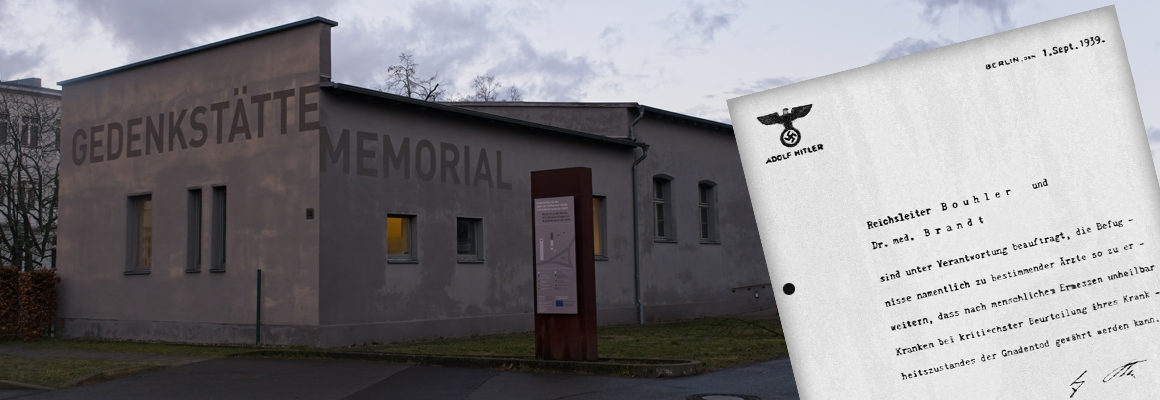
AKTION T4 – A DARK LESSON FROM THE PAST
Whenever people hear the word Holocaust their thoughts usually turn to the extermination camps of Nazi Germany, such as Auschwitz and Treblinka. Anyone who has seen the grim photos and newsreels cannot be left unchanged and filled with horror. However, society has throughout the years been fed a selective narrative, and one which consciously ignores the truth.
The German Government under its then Chancellor Adolph Hitler had already begun an exploratory Holocaust long before the dark chapter of The Final Solution. However, the focus of this abomination was not the Jews, but the sick and the elderly among their own white Christian population. Under the guise of compassionate Mercy Killings (Gnadentod), almost 300,000 men, women and children were euthanized in specially designated hospitals or Killing Centers across the country. This industrial euthanasia program was known as Aktion T4. It took its name from the street address of the Berlin Chancellery office that coordinated the program, Tiergartenstrasse 4.
Personally sanctioned by Adolf Hitler in September 1939, it was specifically designed to eradicate from society the sick, both physically and psychologically, the infirm elderly and the disabled. The insidious ideology behind the program stemmed from the works of British and American eugenicists, primarily Francis Galton and Madison Grant. Indeed, Hitler wrote personally to the latter regarding his work The Passing of the Great Race, stating The book is my Bible. It can be argued that without such malign influence from abroad neither Aktion T4 or the Final Solution would have come to pass. Collectively, they provided a scientific rationale, a green-light for wholesale murder.
Karl Brandt, Hitler’s personal physician, shared oversight of the program with Reichsleiter Philipp Bouhler. Its actual implementation was assigned to Viktor Brack, one of the seniormost officials in the Chancellery. Medical killing centers were established in Germany at Brandenburg-Görden, Hadamar, Bernburg, Sonnenstein, and Grafeneck, as well as in Austria at Hartheim, Am Spiegelgrund, and Gugging.
The first known victim of Aktion T4 was Gerhard Kretschmar, a five month old child who the physicians in charge of his care claimed to have been blind and suffering various deformities. It was a much publicized case, more than likely engineered as a litmus test to gauge the reaction of the German public.
Aktion T4 was carried out with ruthless efficiency, relying on a network of psychiatric institutions, hospitals, and medical professionals to identify and transfer eligible patients to the killing centers. There they were systematically murdered through various methods, including lethal injection, gas chambers, and starvation. The program’s architects went to great lengths to conceal their actions, employing euphemistic language and falsifying death certificates to disguise the true nature of the killings. No doubt there will be some readers to whom the last sentence at least will be disturbingly familiar.
Not satisfied with the killing centers alone, strange black buses known as Ravens began to appear on the streets of the Fatherland. While outwardly looking innocent, they were in fact mobile euthanasia units that used carbon monoxide from their exhausts to kill. It is believed that they were the invention of SS Gruppenführer Arthur Nebe, who would later add to his infamy by becoming the man who chose the fifty Great Escape POWs from Stalag Luft III to be executed. Another interesting aside, in 2012, mobile euthanasia vans made headlines around the world as the Netherlands embraced yet further the Cult of Death.
Some of the most inhuman aspects of Aktion T4 involved the most vulnerable in society. Children were often used in painful and terrifying medical experiments before being euthanized. After death, the brains of many infants were removed and sent to scientific establishments like the Kaiser Wilhelm Institute in Berlin for medical research. A photo exists of a laboratory at what is believed to be the Am Spiegelgrund euthanasia center that shows shelves filled with such preserved specimens. It is without doubt one of the most powerful and negatively iconic photographs to have ever been taken.
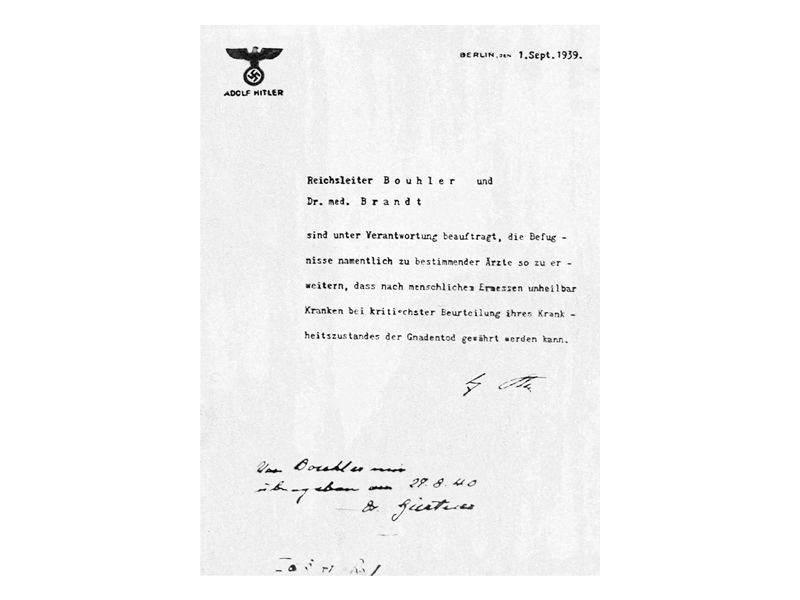
EUTHANASIA ORDER SIGNED BY ADOLF HITLER
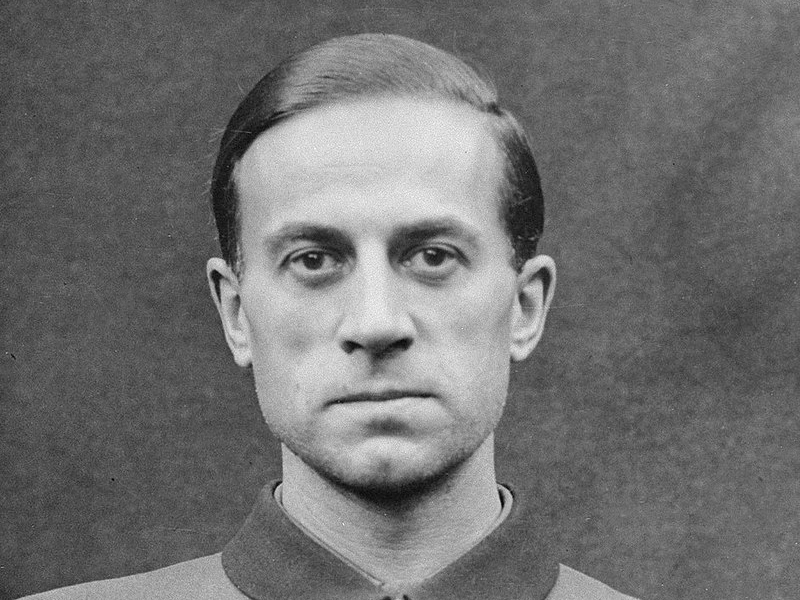
KARL BRANDT - CO-HEAD OF AKTION T4
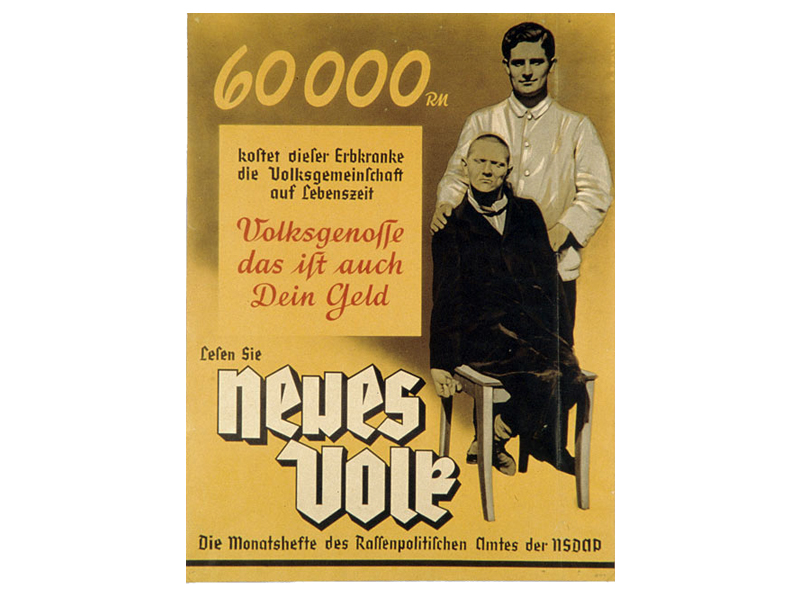
EUTHANASIA PROPAGANDA POSTER
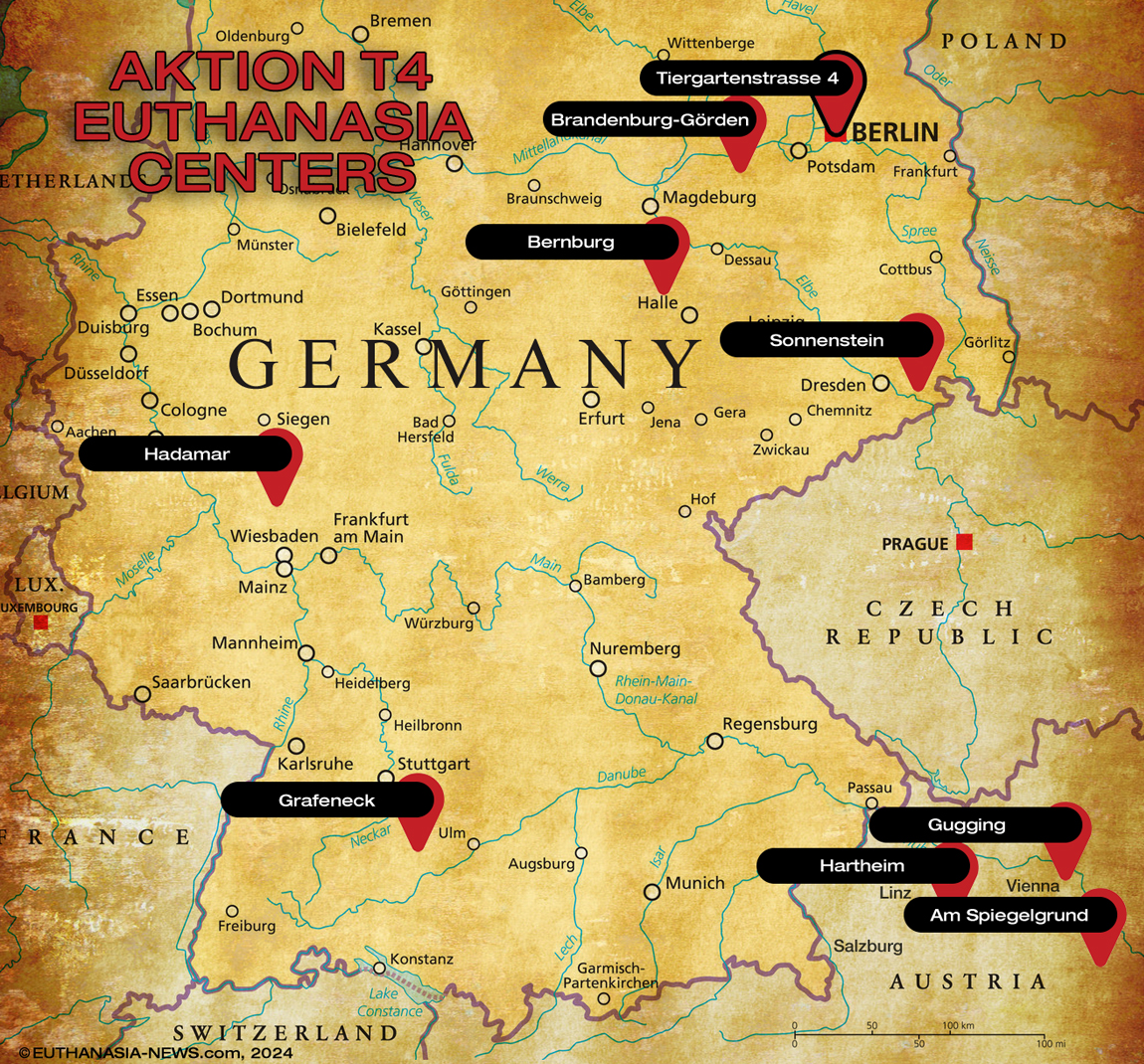
Propaganda played a significant role in the Aktion T4 program, with street posters hailing the financial savings that could be had by eliminating the sick and frail. Terms like Lebensunwertes Leben (Life Unworthy of Life) and Unnütze Esser (Useless Eaters) were crafted to justify the extermination of society’s most vulnerable. Movies like Ich Klage An (1941) were made to glorify the act of euthanasia.
However, the Church in particular had been opposed to the program from its introduction, and as it expanded the voices of protest from the clergy grew louder. The strongest and most eloquent among them must surely belong to the Catholic Bishop Clemens August Graf von Galen, who delivered a number of outspoken sermons.
If you establish and apply the principle that you can kill unproductive fellow human beings then woe betide us all when we become old and frail!…
Bishop Clemens August Graf von Galen – 1941
Public opposition eventually became so great that by the summer of 1941 Hitler announced that the Aktion T4 program would be suspended. However, in reality it simply went underground and continued through to the end of the war, adding endless more victims.
In the aftermath of the war, the Allies brought many of those involved in Aktion T4 to justice in what came to be known as the Doctors’ Trial in Nuremberg.
The defendants in this case are charged with murders, tortures, and other atrocities committed in the name of medical science… For the most part they are nameless dead. To their murderers, these wretched people were not individuals at all.
BRIGADIER GENERAL TELFORD TAYLOR – Chief of Counsel for the Prosecution
Many of the physicians, including Brandt and Brack were found guilty, sentenced to death and executed, though no doubt faced another judgment beyond. Bouhler, somewhat ironically, choose euthanasia via a cyanide pill, while Nebe was hung as a traitor by the very regime that he served.
It was only in 2014, over half a century after the abomination that was Aktion T4, that the German government finally erected a memorial to all of its victims…

BRANDENBURG-GORDEN EUTHANASIA CENTER
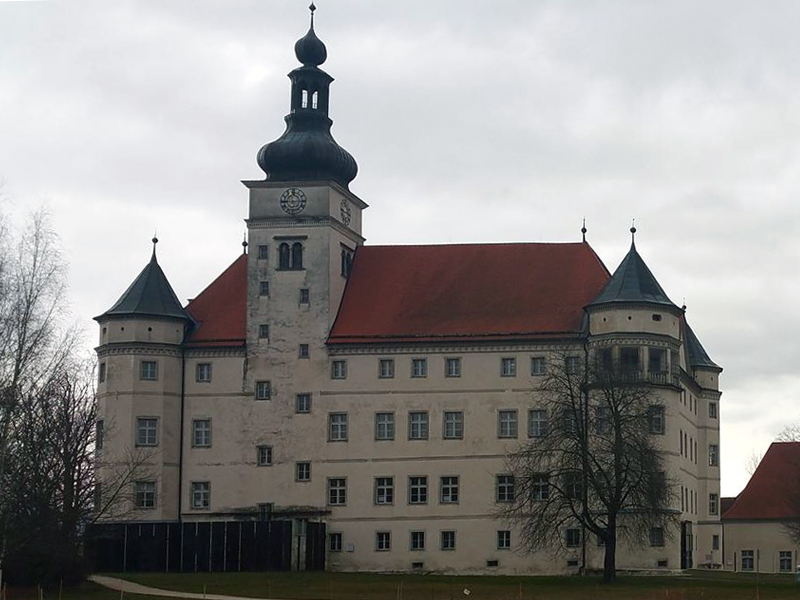
HARTHEIM EUTHANASIA CENTER
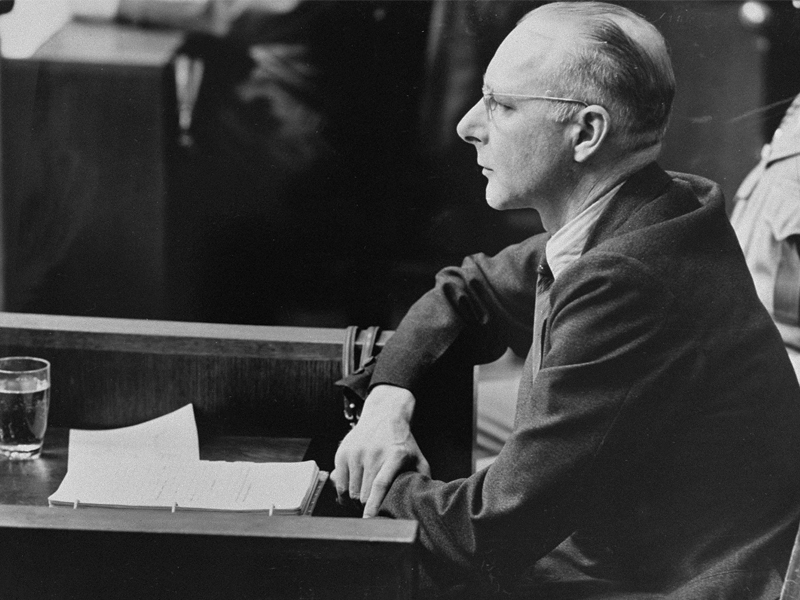
VIKTOR BRACK ON TRIAL IN NUREMBERG
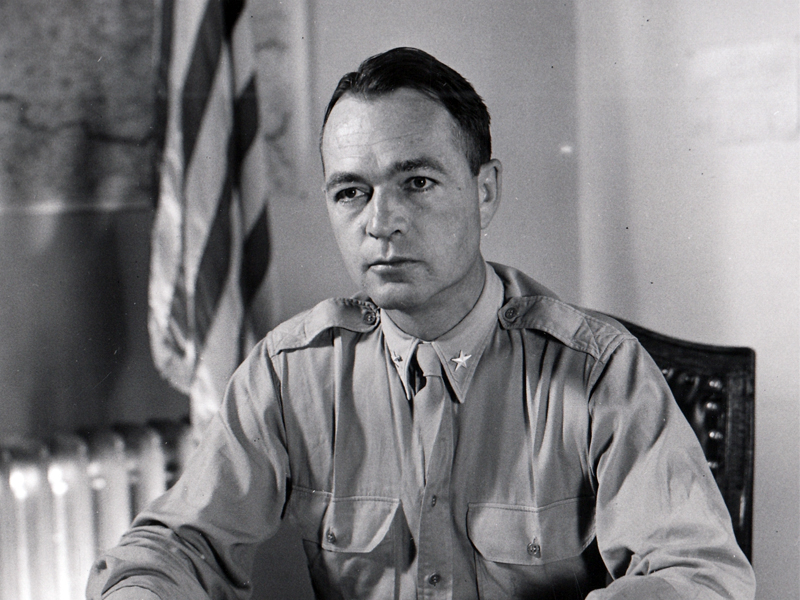
BRIGADIER GENERAL TELFORD TAYLOR




